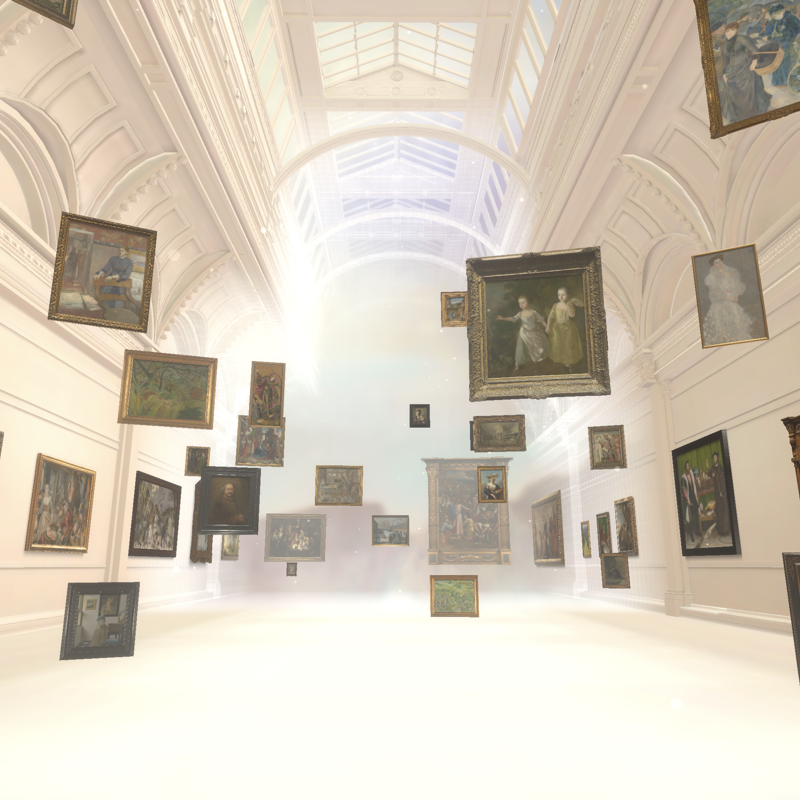Vincent van Gogh, 'Long Grass with Butterflies', 1890
About the work
Overview
Van Gogh painted this patch of meadow when he was a patient at the psychiatric hospital at Saint-Paul de Mausole, near the village of St-Rémy in the south of France. While at the hospital he made a number of sketches and paintings that look down at small areas of meadow or undergrowth.
Although there is no horizon or sky, the path near the top of the picture creates an effect of depth. In contrast to the boundary formed by the path, the remaining space is open and potentially extends beyond the sides and bottom of the canvas. The grass is painted with distinct brushstrokes of varying length, laid down in clusters like the clumps they describe.
Van Gogh’s interest in depicting nature in detail may have been encouraged by what he had read about Japanese culture, and his belief that ‘the wise Japanese man...studies a single blade of grass’. But there were also important precedents in Renaissance art and in seventeenth-century Dutch painting.
Key facts
Details
- Full title
- Long Grass with Butterflies
- Artist
- Vincent van Gogh
- Artist dates
- 1853 - 1890
- Date made
- 1890
- Medium and support
- oil on canvas
- Dimensions
- 64.5 × 80.7 cm
- Acquisition credit
- Bought, Courtauld Fund, 1926
- Inventory number
- NG4169
- Location
- Room 43
- Collection
- Main Collection
- Frame
- 19th-century French Frame
About this record
If you know more about this painting or have spotted an error, please contact us. Please note that exhibition histories are listed from 2009 onwards. Bibliographies may not be complete; more comprehensive information is available in the National Gallery Library.









